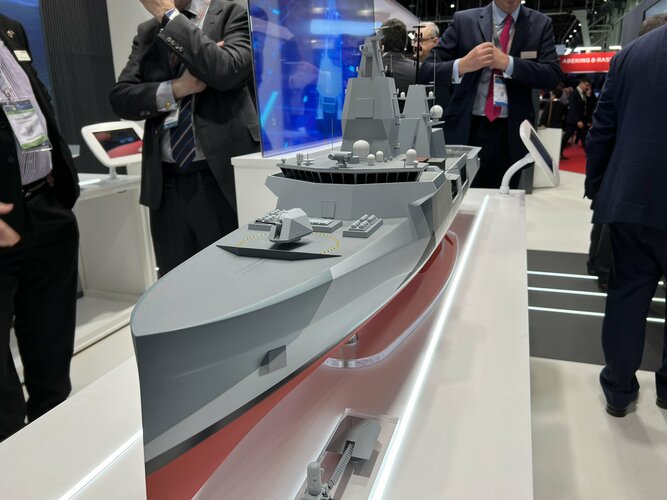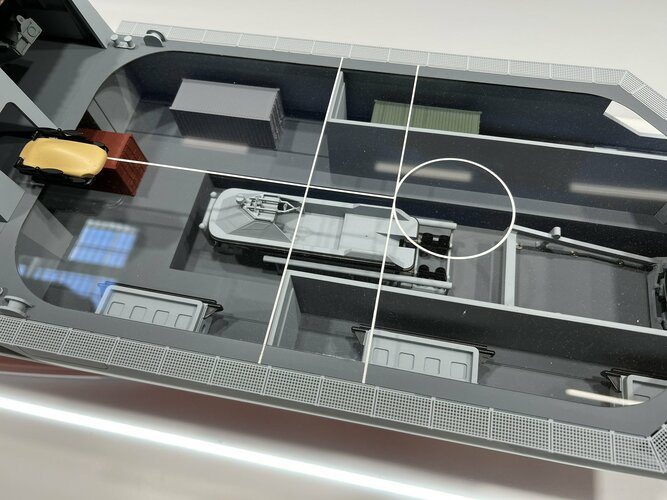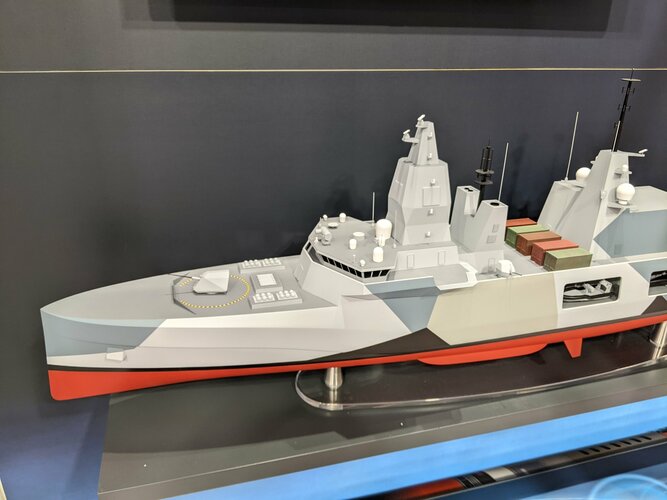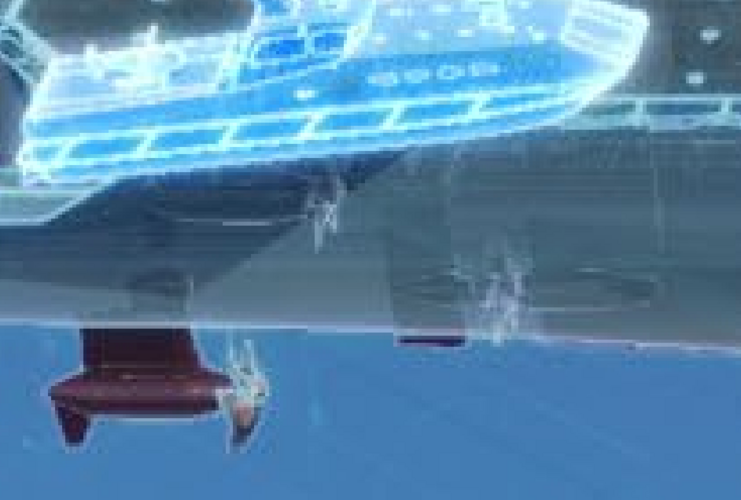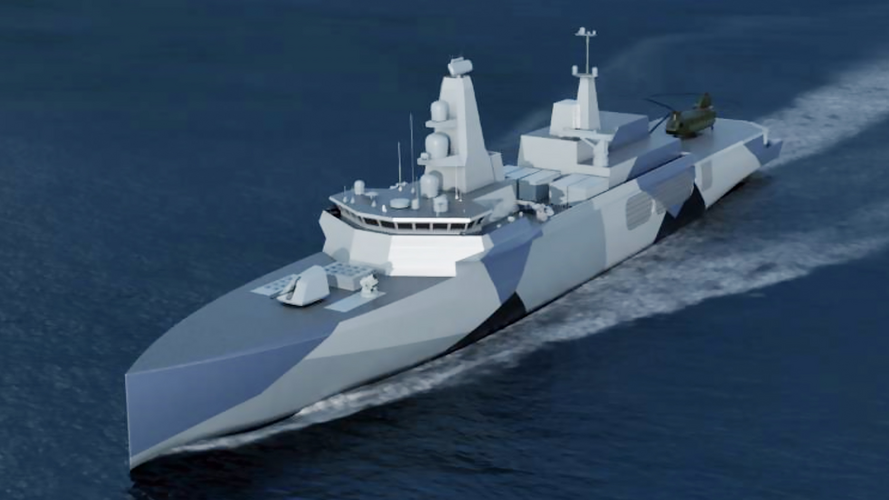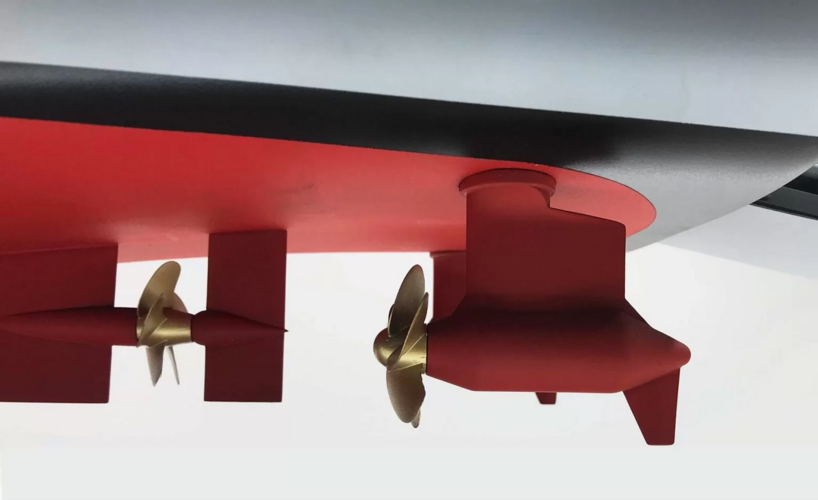Starting a new thread on the Royal Navy’s Type 32. First some messages from the Type 31 GPFF thread:

British Navy plans to introduce five Type 32 frigates
According to a report published by the UK’s House of Commons Defense Committee on December 7, 2021, the British Royal Navy is planning to introduce five Tywww.navyrecognition.com
According to a report published by the UK’s House of Commons Defense Committee on December 7, 2021, the British Royal Navy is planning to introduce five Type 32 frigates, which would increase the escort fleet (frigates and destroyers) from 19 to 24.
During the DSEI, British defense exhibition in September 2021, British company Babcock International revealed it was pitching its Arrowhead 140 design, used by the Type 31 frigate, as the base design for the Type 32.
According to information from the UK’s Minister for Defense Procurement Jeremy Quin, the new Type 32 frigate will be a platform for autonomous systems, adding to the British Navy’s capabilities for missions such as anti-submarine warfare and mine countermeasures.
Citing British navy military experts, the Type 32 will offer an ability to host MMCM modules in addition to supporting littoral operations by the Royal Marines. Initiated in 2012 under a cooperation agreement between France and the United Kingdom, the MMCM program develops a prototype autonomous system for detection and neutralization of sea mines and underwater improvised explosive devices (UWIEDs).
There was some speculation that the Type 32 might be another batch of Type 31s, but it seems that the programme's heading in a new and interesting direction.

Type 32 Frigate to focus on operating drones
The Type 32 Frigate will be the first of a new generation of warships with a focus on hosting and operating autonomous onboard systems.ukdefencejournal.org.uk
“The Type 32 programme will be the first of a new generation of warships with a focus on hosting and operating autonomous onboard systems that add mass and a cost of complexity upon our adversaries. Many of these autonomous capabilities and other complex systems will be delivered in a modular manner, which offers the potential to simplify the host platform whilst retaining the flexibility to optimise it for a range of specific tasks. It also provides a route to delivering the adaptability that will be essential for all future Royal Navy ships to enable them to outpace evolving threats and capitalise on emerging technology.
Is the type worth a new thread of its own yet?





